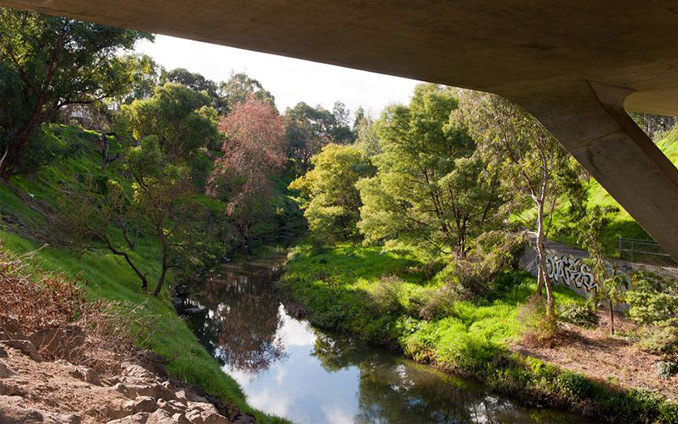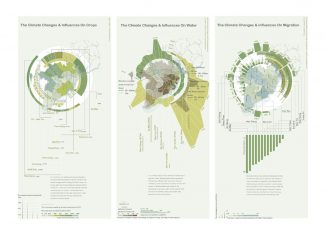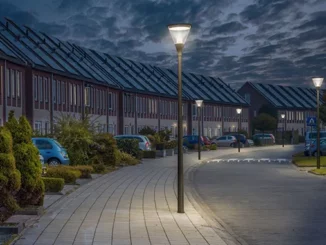Unlocking interconnected corridors of green space in densely populated areas around Melbourne is the focus of a new partnership project with the University of Melbourne and not-for-profit design practice, OFFICE.

Supported by $50,000 from Lord Mayor’s Charitable Foundation, the Melbourne Biodiversity Network project plans to increase the biodiversity of underutilised corridors, including powerline easements, pipe tracks, waterways, and floodways.
This funding supports the first stage of the project, with researchers from the University and OFFICE consulting with a range of stakeholders to understand how this vision might be realised, potentially through public parks, walking trails and bike paths for local residents in dense urban areas,, and the regeneration of wildlife habitats.
Co-researcher Dr Judy Bush, Senior Lecturer in Urban Planning at the University’s Faculty of Architecture, Building and Planning, was involved with Merri Creek’s regeneration led by Merri Creek Management Committee and Friends of Merri Creek. The restoration work is being used as an example of how successful community-led regeneration of urban green space can be.
“Merri Creek was threatened by the development of freeways and powerlines that were impinging on the creek, and through the activism and advocacy of individuals, community organisations, working together with the local council, many of those threats have been held at bay, and we have seen the continued regeneration of biodiversity habitats, which is a fantastic result,” Dr Bush said.
Steve Mintern, Director at OFFICE, said the partnership with the University provided them with access to students and academics with expertise in ecology, horticulture, landscape architecture and urban planning, who will contribute research findings to the project, particularly in the mapping of available corridors and viability of working with these spaces.
“We are aiming to think creatively about how to make the most of the enormous amount of existing infrastructure land to generate low cost, low maintenance approaches that put social and ecological benefit first,” he said.
A series of workshops are being held before the end of the year with representatives from local councils, state government, community groups, academics and practitioners, and First Nations peoples, with the results of these consultations to be made publicly accessible.
“By bringing together stakeholders from different perspectives and standpoints, we can better understand barriers and opportunities and help these organisations to work better together to achieve their shared goals,” Mr Mintern said.
Findings from the first stage of the project are expected to be presented in early 2024, with the team hoping to secure further funding for the next stage of the project, which will involve implementation of the proposals in a community-led transformation of urban green space.



